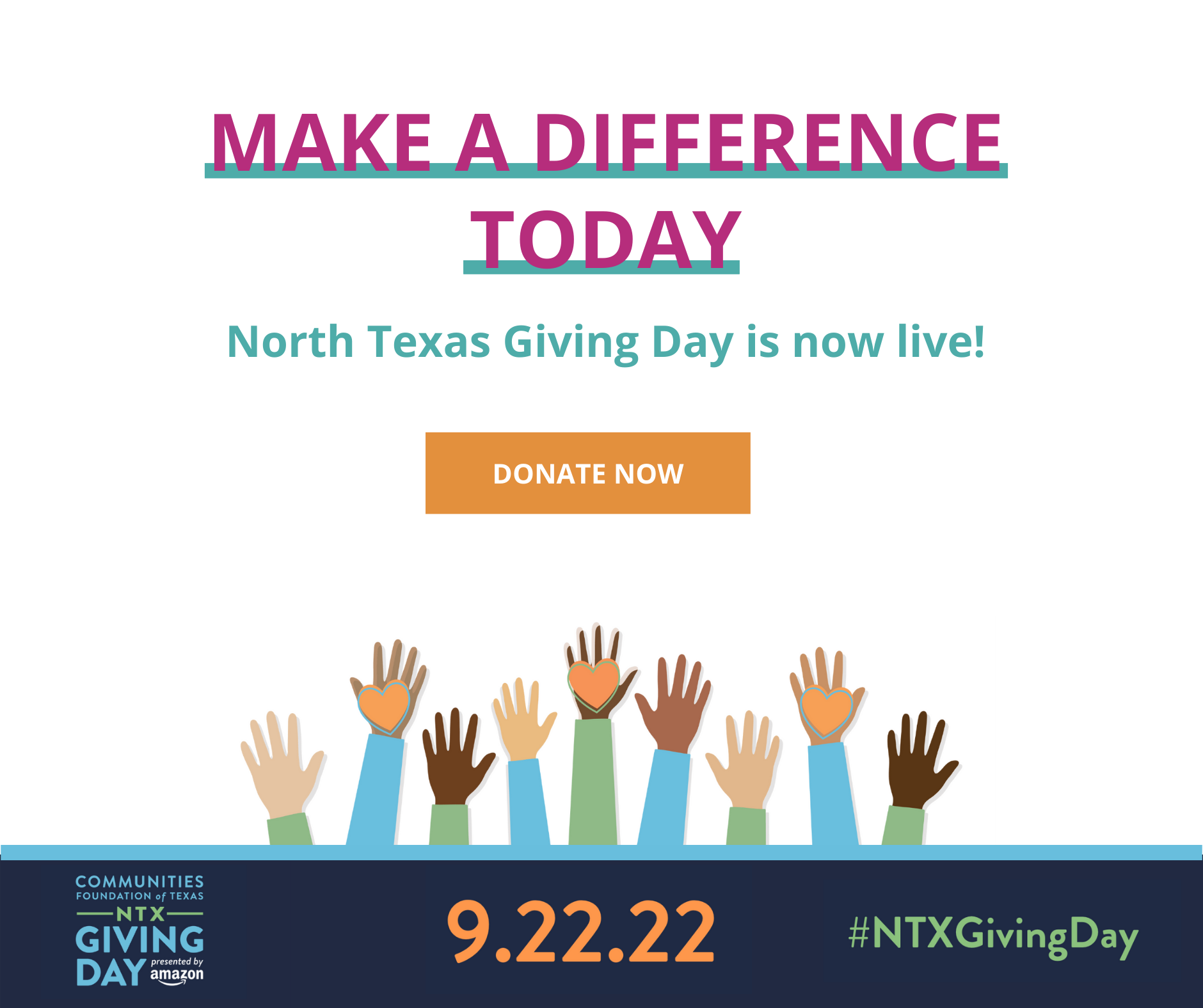- More than One in Four Latino and Black Household with Children Are Experiencing Three or More Hardship during COVID-19 (Child Trends)
“During the COVID-19 pandemic, the number of families experiencing hardships across the country has risen dramatically, with a disproportionate impact on Latino and Black communities.… For the analysis presented in this brief, we used nationally representative data from the Census Bureau’s Household Pulse Survey, which has tracked the well-being of U.S. households during the pandemic, to examine seven types of hardships: unemployment, difficulty paying expenses, not being caught up on rent or mortgage, food insecurity, physical health problems, symptoms of anxiety or depression, and lack of health insurance.”

TexProtects Takeaway: The hardships brought on by COVID-19 affecting Black, brown, and indigenous families trickle down to their children. Issues like economic distress, food insecurity, and mental health challenges, exacerbated by the pandemic, impact how families can care for their children during this crisis and in the future. This places more stressors on caregivers, who are less able to help children cultivate the protective factors and resilience that help mitigate adverse experiences in childhood. To read more from TexProtects about the disproportionate impact on these families during COVID-19, click here.
2. Strategies to Virtually Support and Engage Families of Young Children during COVID-19 (Child Trends)
“As preschools and schools continue to reopen, caregivers (e.g., childcare providers and teachers) are quickly pivoting to using virtual platforms to support and engage families in children’s learning. This rapid transition has left little time to assess what we know (and do not know) about family engagement best practices within the virtual space. This brief offers an overview of four best practices and lessons learned from research and practice to assist caregivers and teachers with the transition to engaging families virtually during the COVID-19 pandemic, and beyond.”

TexProtects Takeaway: Virtual learning can be a strain on parents and children’s mental health and time. It is imperative that caregivers and teachers use all the tools necessary to ensure education and resources are provided in the least intrusive, most beneficial ways possible to ensure children, especially those at the critical ages of 0-5, are getting what they need out of virtual learning and early childhood experiences.
3. Buffing Child Maltreatment: School Connectedness as a Protective Factor in a Community Sample of Young Adults(Goldstine-Cole, K.)
“Identified or not, maltreatment increases the risk for substance use disorder, depression, anxiety and post-traumatic stress disorder across the lifespan. This study examines whether school connectedness (SC), the sense of belonging at school derived from affective relationships in the school context and commitment to learning, protects against such effects. Specifically, in paper one, data from 349 young adults who completed the Protective Factor Questionnaire is used to develop a retrospective five-indicator, measurement model of school connectedness for K-12 and elementary, middle, and high school.… Paper two evaluates SC as a moderator in the relationship between childhood maltreatment and mental well-being during early adulthood, ages 18-25. Results indicate that SC buffers against intrafamilial maltreatment as well as five individual forms of abuse and neglect.… These results suggest that schools have roles beyond that of mandatory reporter in supporting the wellbeing of maltreated children.”

TexProtects Takeaway: Child abuse and neglect numbers may have risen during the pandemic and schools’ closures, despite fewer reports. Teachers and school staff are one of the main reporters of abuse and neglect, and with the move to virtual learning for many, picking up on the signs is more difficult. TexProtects is working to spread awareness in schools about staff intervening in abuse or neglect, not just as mandatory reporters. See our resources on recognizing abuse on our website.
4. Trauma-Informed Care in Child Welfare: An Imperative for Residential Childcare Workers (Brend, D. & Sprang, G.)
“Rates of traumatization among residential child welfare professionals are alarmingly high. The well-being of these professionals is associated both with their intention to stay in their jobs and outcomes of children in their care.… This manuscript details experiences empirically shown to have potential negative impacts on professional well-being, discusses why these impacts are of particular concern for residential childcare workers, and describes the types of organizational cultures and climates that appear to mitigate these negative impacts. Trauma-informed care at the organizational level is proposed both as a means to reduce harm to child welfare professionals and promote the rehabilitation of children within the child welfare system.”

TexProtects Takeaway: Organizations and agencies working with children from hard places need to implement trauma-informed care training for all staff. Not only does training help mitigate secondary trauma of professionals, but it also helps professionals best serve the children they are working with. TexProtects worked on HB18 last session to ensure school staff receive trauma training; however, Texas has more work to do to ensure high quality training and implementation are consistent across all sectors that impact children and families.
5. AGED OUT: How We’re Failing Youth Transitioning Out of Foster Care (Cancel, S., Fathallah, S., Nitze, M., Sullivan, S., & Wright-Moore, E)
“To understand the aging out experiences of foster youth, Think Of Us and Bloom conducted in-field discovery sprints using proven human-centered design and participatory research methodologies in five participating locations” (Santa Clara, Solano, San Francisco, and San José counties in California, Hennepin County in Minnesota, and New York City). “During these sprints, we spoke to a total of 206 people in 92 research sessions. The research team conducted in-depth interviews and participatory design workshops with a wide range of foster youth, former foster youth, child welfare staff and leadership, supportive adults, foster parents, and more…Over the course of the project, three key themes began to emerge. To us, these themes represent where the child welfare system is most failing transition-age youth, and where we must urgently focus our attention. These themes are: 1. Healing and dealing with trauma; 2. Centering youth in their preparedness; and 3. Helping youth build a supportive network.”

TexProtects Takeaway: The state must not forget the needs of youth transitioning out of the foster care system. TexProtects is supporting our partners’ work this legislative session to support improved services for transitioning youth. Check out our bill tracker to learn more.
6. Why Do We Focus on the Prenatal-to-3 Age Period? Understanding the Importance of the Earliest Years (Prenatal-to-3 Policy Impact Center at LBJ School of Public Affairs, University of Texas at Austin)
This research brief discusses why researchers and practitioners in early childhood consistently describe the first few years of life as being the most critical period for children’s development. The authors highlight that investing in families during a child’s earliest years can have a lasting impact on children’s lifelong health and well-being. They point to key practices that can strengthen families, and therefore, promote the healthy development of children. Some of these factors include access to quality health care for mothers, safe and supportive childcare settings, and other social services, such as early intervention programs for children with developmental delays or disabilities.

TexProtects Takeaway: TexProtects is part of the Prenatal to Three initiative alongside our partners Children at Risk and Texans Care for Children. We support investment in increasing the following for low-income mothers and infants and toddlers: access to prenatal and postpartum health services; health screening and successful connection to necessary services; and access to high-quality childcare programs. Read more about the initiative.
7. Three Trimesters to Three Years: Promoting Early Development (Princeton University and the Brookings Institution)
“The period from pregnancy through age three is the one in which the most rapid growth of the brain and behavior occurs. Yet most researchers and policy makers have treated the nine months of development during pregnancy separately from the first three years of life. Prenatal experiences are part and parcel of the postnatal experience of mothers and their babies; the postnatal period is sometimes referred to as the fourth trimester, a way to highlight the fact that after a child’s birth, mothers themselves need continuing services and screening. Indeed, children’s wellbeing very much depends on their mothers’ health and wellbeing. The title of this issue of the Future of Children, “Three Trimesters to Three Years,” highlights continuity in development, the continuing intersection of mother and baby, and the rapid growth that occurs from conception to three years of age.”

The prenatal and postnatal periods are critical to a child’s health and development. We advocate for investment in home visiting programs that support families in nurturing their children’s development and resilience from an early age, such as Family Connects and Nurse-Family Partnership. Read more on home visiting programs.













